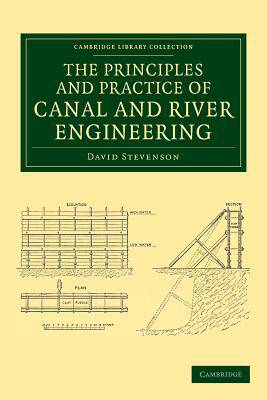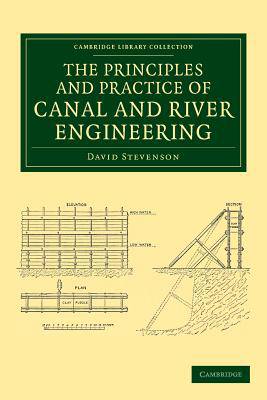
Bedankt voor het vertrouwen het afgelopen jaar! Om jou te bedanken bieden we GRATIS verzending (in België) aan op alles gedurende de hele maand januari.
- Afhalen na 1 uur in een winkel met voorraad
- In januari gratis thuislevering in België
- Ruim aanbod met 7 miljoen producten
Bedankt voor het vertrouwen het afgelopen jaar! Om jou te bedanken bieden we GRATIS verzending (in België) aan op alles gedurende de hele maand januari.
- Afhalen na 1 uur in een winkel met voorraad
- In januari gratis thuislevering in België
- Ruim aanbod met 7 miljoen producten
Zoeken
Omschrijving
One of the leading figures in the age of great engineers, David Stevenson (1815-86) was the son of a lighthouse builder, and while studying at Edinburgh University he was already gaining experience at his father's side. It is for his lighthouses and works of inland navigation that he is best remembered: he designed Britain's most northerly lighthouse and worked on improving navigation on rivers such as the Dee, the Forth and the Clyde. His article on inland navigation for the Encyclopaedia Britannica was published separately in 1858, and was revised and updated for this second edition in 1872. Although Stevenson acknowledges that the age of the canal has been superseded by the age of the railway, he maintains that there is much to learn from the older technology. Illustrated with cross-sections and plans, this work will be of interest to readers seeking to explore the history of Britain's industrial infrastructure.
Specificaties
Betrokkenen
- Auteur(s):
- Uitgeverij:
Inhoud
- Aantal bladzijden:
- 396
- Taal:
- Engels
- Reeks:
Eigenschappen
- Productcode (EAN):
- 9781108057721
- Verschijningsdatum:
- 6/05/2013
- Uitvoering:
- Paperback
- Formaat:
- Trade paperback (VS)
- Afmetingen:
- 156 mm x 234 mm
- Gewicht:
- 553 g

Alleen bij Standaard Boekhandel
+ 190 punten op je klantenkaart van Standaard Boekhandel
Beoordelingen
We publiceren alleen reviews die voldoen aan de voorwaarden voor reviews. Bekijk onze voorwaarden voor reviews.









